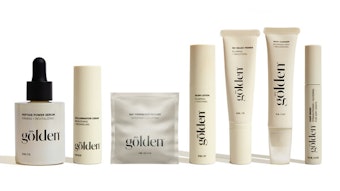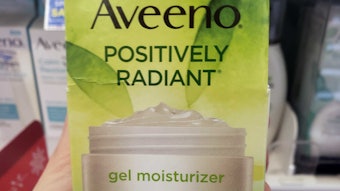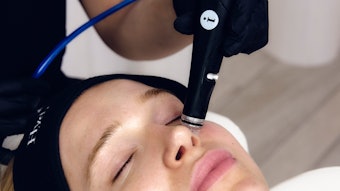Individuals tend to buy personal care products they feel are best suited to them—from ethnic-based skin creams, to products designed for active lifestyles. In a world where customized products and special-order merchandise sells, consumers have come to expect nothing less than individualized attention.
Market research has shown that from 1980 to present, the need has increased for targeted products that are color- or texture-specific as well as geared toward a certain level of skin sensitivity. Beyond the fact that a label on a product claims to exhibit certain characteristics, consumers also want proof. Formulators are challenged to follow suit with these very specific consumer demands.
As research into skin reveals fundamental variances between races or even regions within races, this knowledge eventually reaches the mainstream and creates a demand for products addressing these fundamental differences. In order to understand how various skin types react to common cosmetic ingredients, Heather Woolery-Lloyd looks at skin from a dermatological perspective in “Ethnic Skin Care.” Although ethnic skin tolerates many commonly used ingredients well, Woolery-Lloyd explains that unique features such as the skin’s propensity to develop hyperpigmentation, or the skin’s intrinsically higher SPF, must be considered during formulation.
Active lifestyles demand individual attention in a different way—through swift and simple means of delivery. One of the more recent technologies developed for delivery is wipes. Although they initially were designed to cleanse, wipes increasingly are being designed for cosmetics and skin care, according to Robert Lochhead. In his article Lochhead reviews emerging technologies in wet and dry wipes and their effect in the personal care market. In addition, Jürgen Meyer et al. describe a new technology for the production of very fine particle size o/w emulsions for impregnating lotions in cosmetic wet wipes.
To prove to consumers that a product performs, Janusz Jachowicz and Jo Smewing explain how texture analysis can be applied to hair treated with various conditioners and styling fixatives to help substantiate claims made about the effectiveness of various hair care products. Also, Tony O’Lenick investigates gemini surfactants for optimizing properties such as foam, detergency, wetting and decreased irritation—properties key to a product’s success with consumers.
This issue of C&T magazine covers a variety of topics that converge with consumer wants. In order to assist formulators in sourcing the right ingredients, this issue of C&T also includes the annual Web directory. To thrive in the industry, formulating chemists must keep up with the hand dealt by consumers.










